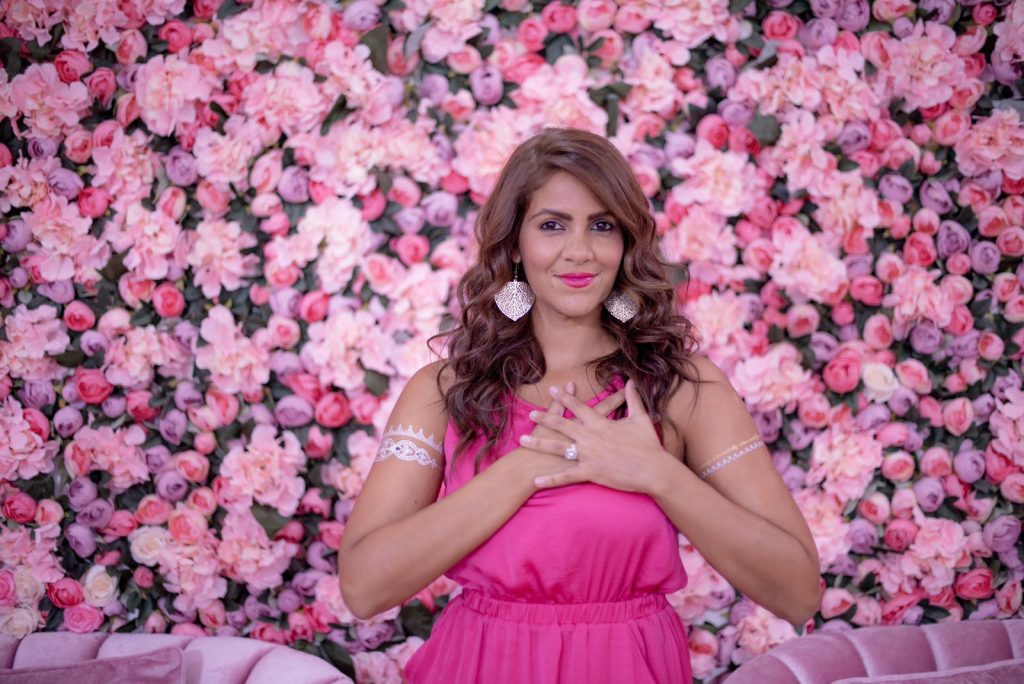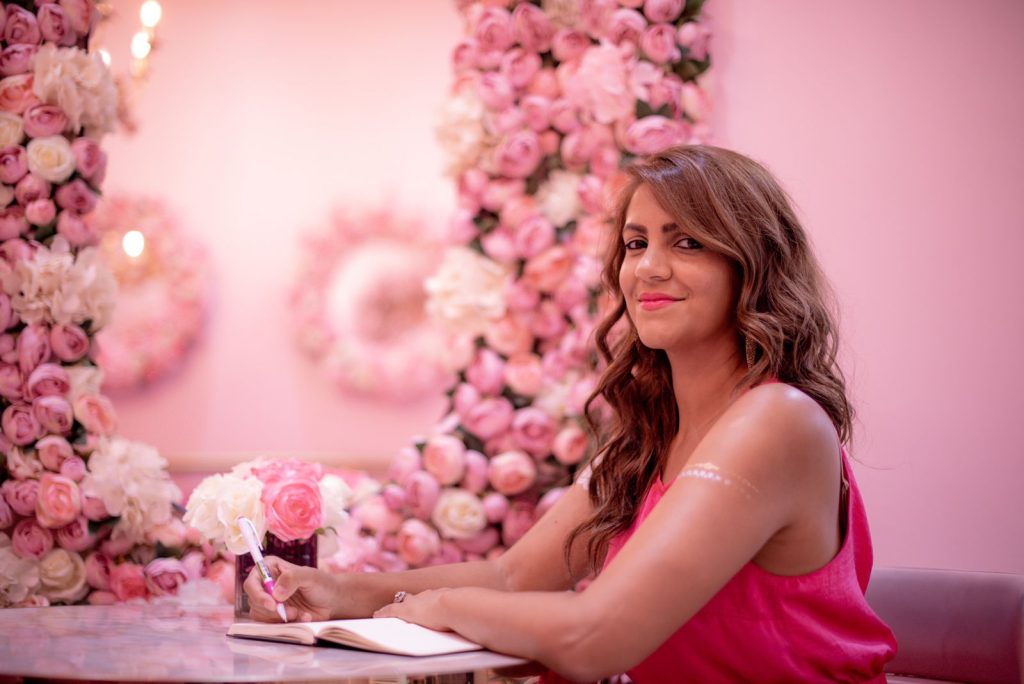5 steps to communicate your boundaries aka (asking for what you need) with loved ones empathetically.
“He doesn’t understand me.”, “She won’t get it.”, “I may offend him or her if I say anything.”
“I may push them away or upset them if I ask for what I need.” are all thoughts we have that stop us from asking for what we need.
When we are not expressing our needs, we can feel resentful, misunderstood, or expect loved ones to know what we need. People including your loved ones do not know what you need unless you tell them. Setting boundaries shows people how to respect you.
Asking for what you need is setting a boundary in your relationships so that you can sustain healthy loving relationships. Asking for what you need can seem daunting because we believe that we may offend someone, hurt them, or push them away.

The method I will teach you here is called empathetic boundary setting, where you can step by step ask for what you need while ensuring the person, you’re asking feels seen and heard and valued in the relationship.
Before we move on, we must establish what are our boundaries, by determining our non-negotiables in my key relationships.
Non-negotiables are things that really matter to you such as a clean space, time to connect, safety, communication, honesty and calling before coming over, giving you some quiet time, checking in on you, talking to you when something is bothering them, or anything else that is important to you in your relationships.
I have a non-negotiable with my partner that if he is going to be late for dinner that he sends me a text or call or voice message and lets me know. His non-negotiable with me is that when he enters the house no matter how busy I am with the kids or home that I give him a warm welcome greeting. When we communicate what is important to us, we create a healthier relationship with our loved ones.
We can also apply these boundaries and communication techniques you will learn in a few paragraphs to your children, your colleagues, and friends.
Some examples include, a colleague talking to you when you need to get work done, or a colleague calls or messages late into the evening and on weekends, or a friend calls frequently and needs to talk for hours, or you have a friend who never initiates meeting up and you are always reaching out to them.
Here are some questions to get you clear on your boundaries and they may need to apply to everyone individually in your core relationship circles.
- What makes me feel appreciated and heard when I am with you?
- What makes me feel loved by you?
- What makes me feel important and valued by you?
Once you have established your boundaries here is how you go about communicating them from an empathetic state which is compassionate and yet honors your need.
Step one: Appreciation – when we are appreciated by someone, we feel seenso starting with appreciation is key. We can appreciate anyone even if we have just met them.
I will use my above example with my life partner to show you how this is done.
“I appreciate that you try your best to be home for dinner with us during the busy weekdays.”
Step two: Validation this is the process of being HEARD by someone and acknowledged. Using the same example:
“I know it can be hard when you are busy in a meeting or a project to remember to text me that you will be late, I know sometimes that’s tough.”
Step three: Boundary setting / asking for what you need and be sure to be very specific.
“It is very important to me that I get a text, call or voice note that you will be late for or miss dinner, it allows me to better prepare the kids and myself in the evening.”
Step four: Clarity. Now this is such a valuable communication step because it is often where we misunderstand one another when communicating. The question may come off as a surprise, but it can save you so much misunderstanding by ensuring the other person understands your language and what you asked. It saves you misinterpretations.
“Can I ask you what you heard me say?”
By using those seven words you clarify if they really heard you say what you said. And if they didn’t you can repeat it and ask this question again.
Step five: Seal the deal with this step by asking for commitment.
“Can I count on you to support me with this request of communicating with me if you will be late or miss dinner with us?”
They will either say yes or no but at least you have communicated your needs and spoke up about what is important to you.
When we are setting boundaries with loved ones and those who have known us longer like spouses, parents, siblings stating them once will not always seal the deal.
We will need to be willing to communicate our boundaries over and over in the same method. As we approach them in step three, we can do so with this language:
“Remember when I asked you to communicate if you would be late for dinner, I noticed that didn’t happen today, what happened?”
That language allows the other person to take accountability for their actions and you can communicate from a space of understanding and curiosity versus blame and frustration.
Communicating your needs in relationships is necessary for the health and longevity of those relationships otherwise we end up feeling unseen, unheard, and misunderstood and this leads to more disconnection from our loved ones.
It’s my hope that you will take this technique and apply it to speak your heart, take care of your needs and ask for what is important to you for the health of your relationships and the health of you. Afterall relationships are the single most important thing in our lives that bring us safety, happiness, and comfort. When our relationships are falling apart we feel deep pain and anguish so it’s so essential that we show up to keep them healthy.
My clients and I have had great success with this method, and I know it will get a great response when you use it as well.
Learn more about my Love Coaching Mentorship and Webinars by checking out @Sashaquincelovecoach I help women find, build, and sustain healthy loving relationships.

Sasha Quince
- Love Coach | Yoga & Wellness Expert
- Founder of Let’s Go Yoga





